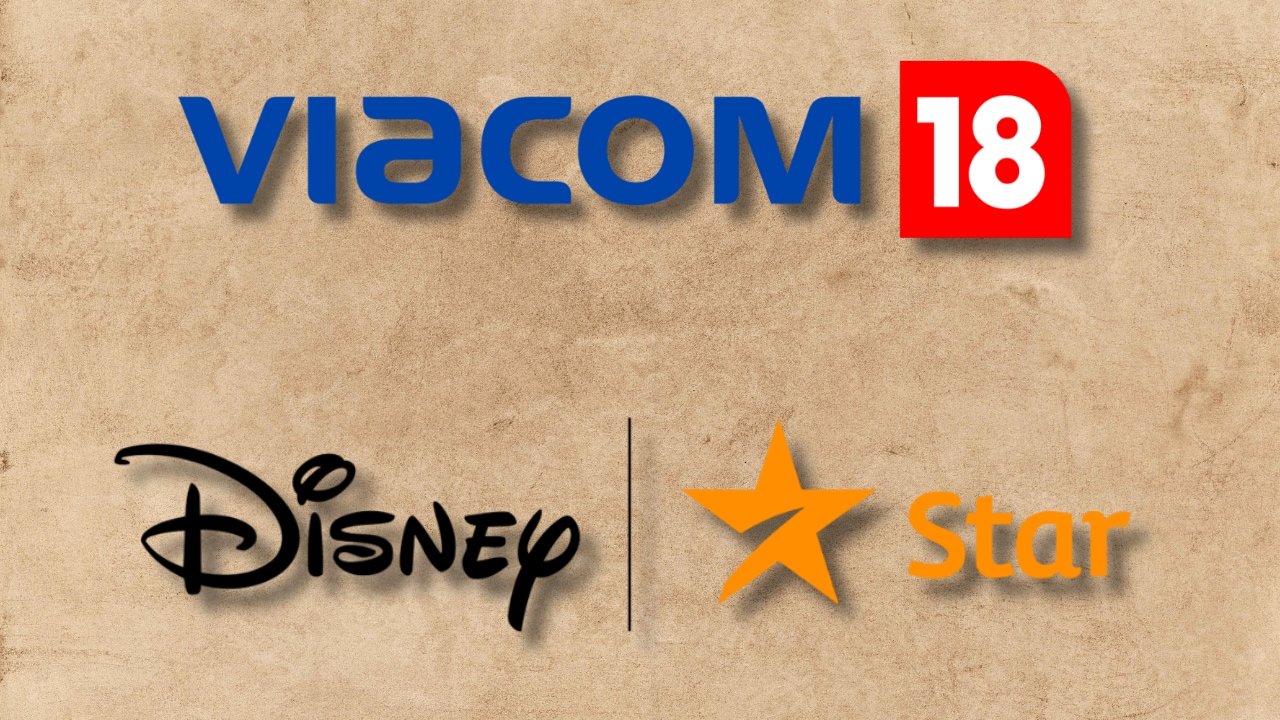The Reliance-Disney media joint venture signals consolidation in the Indian media landscape. Media planning and buying experts foresee potential benefits for advertisers, including increased reach and enhanced targeting. However they are also not ruling out possibilities of reduced competition and negotiation power shift.
“Reliance Disney JV will create a media behemoth.This creates a dominant player more than double the size of its peers. Reliance owns a major chunk of distribution which means at some point of time subscription rates could go up,” said Vinay Hegde, chief buying officer, Madison Media.
According to Elara Capital’s analysis, post the merger, the combined entity will command a TV, advertisement, TV subscription (excluding distributors/DTH/MSO revenue) and Total TV market share of 40 percent, 44 percent and 42 percent respectively.
“The JV now has much more content access and will be controlling most of the sports rights, especially IPL and World Cup tournaments for both TV and digital,” said Hegde.
The synergy between TV and digital especially for these premium cricket IPs is expected to significantly boost the company’s advertising revenue.
As per Elara Capital estimates, on the sports front, the merged entity is set to become monopolistic, with Disney and Jio collectively controlling approximately 75-80 percent of the Indian sports market across both linear TV and digital platforms.
This dominance in sports, primarily cricket, positions them to command a substantial share of the overall ad market, showcasing strong growth in an industry where sports is a key driver of viewership on both linear TV and digital platforms.
In 2022, sports adex (TV+Digital) in India stood at Rs71 billion (according to GroupM) out of which Disney India had a contribution of 80 percent.
The combined entity will have lucrative sports properties which not only include premium cricket IPs like Indian Premier League (both TV and digital), ICC cricket tournaments (both TV and digital) but also other major sporting events like Wimbledon and Pro Kabaddi League.
Other than sports content, with the merger, the entity would have 108+ channels with Star India bringing 70+ TV channels in 8 languages to the table. Viacom already has 38 TV channels in 8 languages. This apart there are also two large OTT apps, Jio Cinema and Hotstar and two film studios one each of Reliance and Disney India.
“The merger signifies a watershed moment that can inherently reshape and revolutionise the landscape of the Indian media and entertainment industry in the next two years,” said Harsha Razdan, CEO, South Asia, dentsu.
“For the advertising and marketing sector, this presents a dual prospect of opportunities and challenges. On the positive side, it unlocks fresh possibilities for crafting and deploying innovative and compelling campaigns across an extensive and diverse portfolio of channels and platforms, providing us with extensive reach. However, it also heightens competition and enhances the negotiating power of the newly merged entity, enabling it to exert greater control over pricing and inventory,” Razdan added.
Razdan’s hope is that in the coming years, the merger achieves a balanced outcome.
According to him, it’s crucial to maintain two or three major players in the market to foster a healthy and competitive environment, which ultimately should serve the end consumer.
